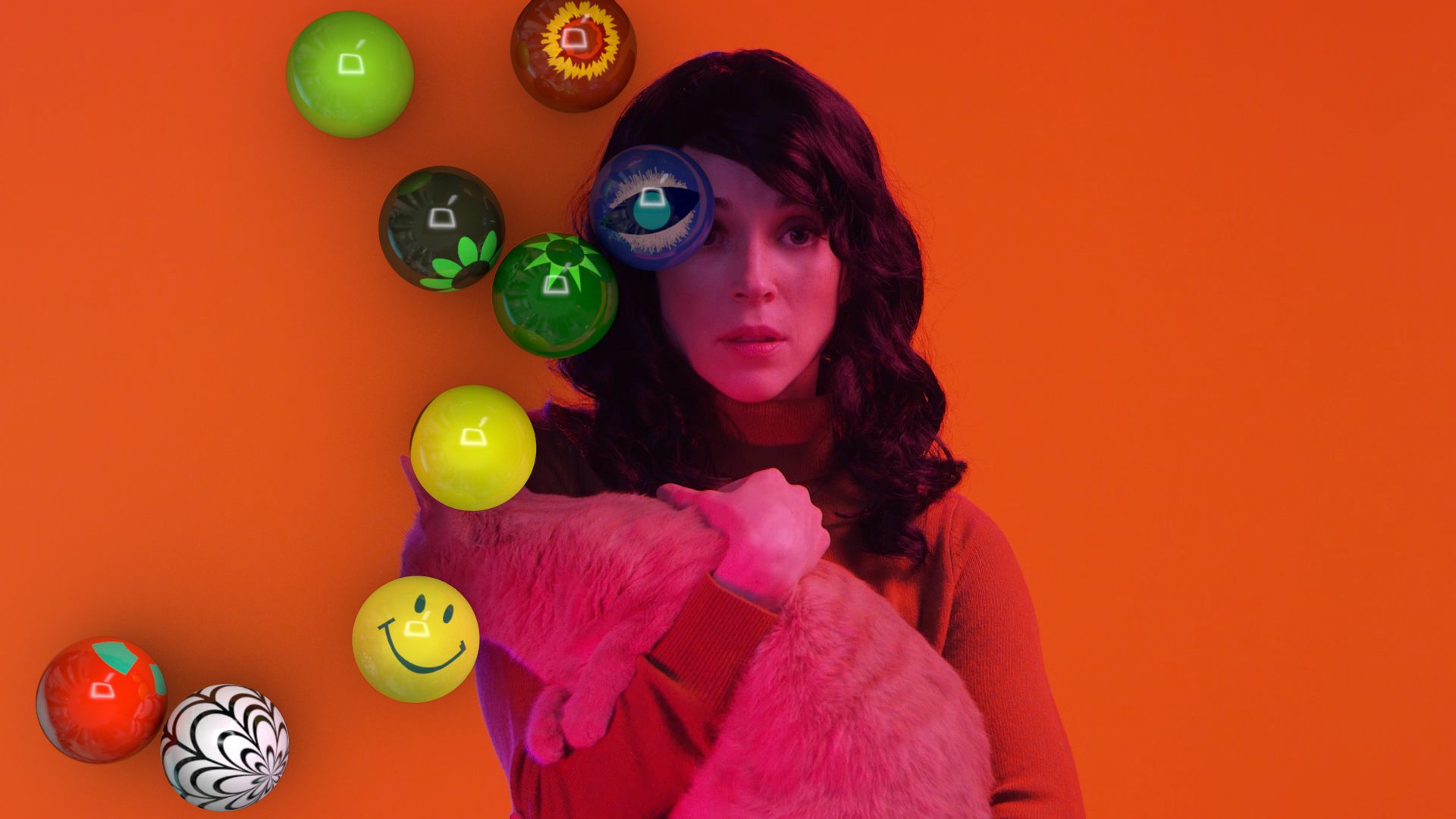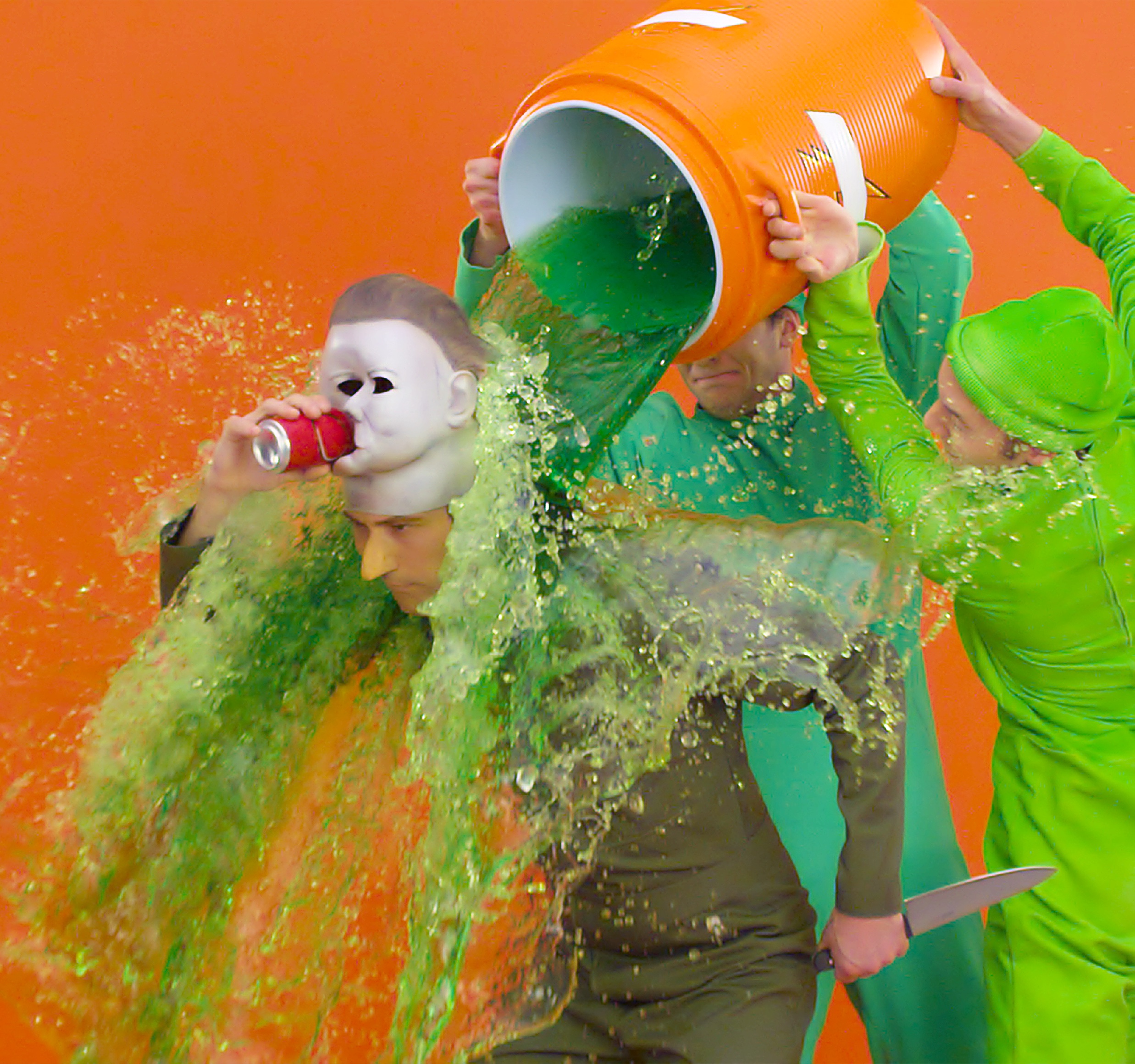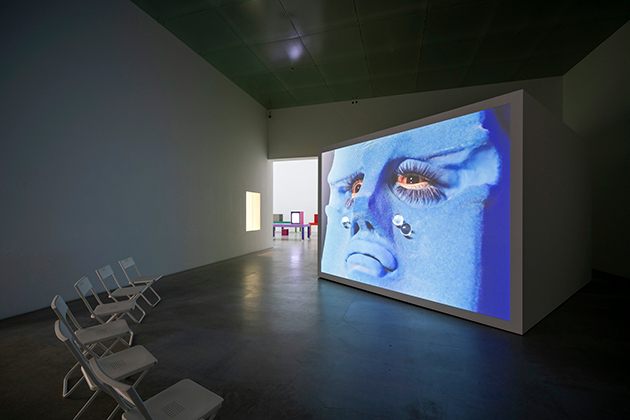ALEX DA CORTE FRESH HELL
HAPPENINGText: Alma Reyes
A visit to Kanazawa would never be complete without a full experience at 21st Century Museum of Contemporary Art, Kanazawa. The explorative museum, opened in 2004, was designed by renowned architects Kazuyo Sejima + Ryue Nishizawa / SANAA based on the concept of a “museum open to the city like a park.” This entailed a circular structure that can be accessible from multiple directions; horizontal linearity so that the museum appears spread out for visitors to view each area conveniently; transparency by utilizing glass walls to stimulate a sense of encounter and openness; and of course, connection with nature through its sprawling park displaying art installations that the public can enjoy.
Two of the museum’s most famous permanent attractions are Olafur Eliasson’s Colour activity house (2010) and Leandro Erlich’s The Swimming Pool (2004). The Colour activity house, installed outside on the lawn, sparkles bright kaleidoscopic hues against the museum’s white facade through trichromatic-modeled curved, glass walls that form a cyclone-shaped pavilion. While passing between the walls, one is wrapped by overlapping colors, which add polychromatic vibrancy to the surroundings’ dynamic cityscape. Gazing at this overall scenery with the color palette of the white exterior, green grass and colorful glass conjures the ironic spirit of modernity in an ancient city such as Kanazawa.
The Swimming Pool framed by a limestone deck contrives an illusion of the hollow space filled up with water. Entering through the narrow doorway invites a suspenseful mood as one feels trapped by blueness 360 degrees under the canopy of glaring light from above. Shadows of water ripples swim across the walls and floor, and stir exciting emotions. The artistic deception of how we view actuality from below and above a surface is a brilliant technique. Argentinian artist Erlich uses such parallelism in defining our relationship with spaces and reality. For these two major installations alone, making a special trip to this museum is worth it.

Alex Da Corte, The Open Window, 2018 © Alex Da Corte studio
Ongoing until September 18th is the intriguing modular exhibition, “Alex Da Corte Fresh Hell” by Venezuelan-American artist Alex Da Corte. Unlike most exhibitions set in a singular hall, this showcase is separated into eleven video installations and other works in seven individual galleries. As Da Corte’s first exhibition at an Asian art museum, the intimate galleries carry visitors into various worlds of imagination, sensations, and familiar facets of daily life and culture. Images are animated onto gigantic screens on multi-colored boxes, as though lecturing visitors on the largeness of life that we may often take for granted when we don’t look at close view.

Alex Da Corte, Rubber Pencil Devil, 2019 © Alex Da Corte studio
Da Corte is known as a conceptual artist who often creates surreal images to impart messages about worldly consumerism, pop culture, human err and the plight of indulgence. His works have been included in numerous international events and exhibitions, such as the 2022 Whitney Biennial in New York and the 2019 Venice Biennale. He has also done collaborative works with Herning Museum of Contemporary Art in Herning, Denmark and the Andy Warhol Museum.

Alex Da Corte, ROY G BIV, 2022, Installation view: Alex Da Corte Fresh Hell, 21st Century Museum of Contemporary Art, Kanazawa, 2023, Photo: Tomoki Imai
In the gallery ROY G BIV (2022) of this exhibition, an enormous varicolored box projects a video of a five-act-play of love, loss and emancipation. Da Corte portrays Marcel Duchamp installing the famous work of Constantin Brancusi, The Kiss. The classic sculpture comes to life in a musical performance. The scene imbues a tinge of playfulness and the struggle to cope with personal transformations.
Read more ...




